…
“A critical discussion of the impact of social media in the way consumers make travel and tourism related choices. Suggestion of strategies that hospitality marketers can employ as a response”.

Globalisation and the rapid change of consumer needs and attitudes have increased the volume of information that organisations have to analyse in order to be competitive in a continuous changing world (Caputo 2009). Digital technology has already started having a huge impact in our lives, as more and more people use the Internet in order to be informed and adaptable to their external environment. One crucial aspect that makes Internet interesting and helpful is that it presents both texts and images with enough information for the user to process efficiently, a claim that other traditional electronic media cannot make (Bucy and Newhagen 2004). The Web culture has revolutionised and, as a result, we can now share information through Web 2.0 systems, which means that there is an interactive environment of sharing information and feedbacks, which didn’t exist before. Social networking is an outcome from the implementation of Web 2.0 environment and social media have emerged as a tool to the business workplace.
In tourism and hospitality, consumers use social media before making any plans about travelling or consuming tourist products and services. On the other hand, producers, in order to know the exact level and situation of the quality of the products and services that they produce, use social media tools so as to improve their position and gain competitive advantage. The aim of this piece of work is to present, analyse and critically discuss the role and impact social media have in tourism and hospitality sector and how they can be used in order to bring improvements to the tourism marketplace. Firstly, we are going to refer to the definition and characteristics of social media. Secondly, we will analyse their use by consumers and producers of tourist products and services. Thirdly, examples of successful companies and organisations that already use social media will be given. Lastly, there will be suggestions of possible strategies that hospitality marketers can apply as a response to the challenge of social media use and applications, in order to develop their business’ core capabilities within the hospitality industry.
To begin with, social media are defined as “online applications, platforms and media which aim to facilitate interaction, collaboration and the sharing of content” (Universal McCann in Caputo 2009, page 28). According to another definition, provided by Ward: “social software and social media are two of the various names that are given to software designed to bring people together and foster informal communication and collaboration” (2006, page 237). Kaplan and Haeniein argued that social media is “a large group of internet-based applications, that are build on the ideological and technological foundations of Web 2.0 and allow the creation and exchange of user-generated content that helps consumers to share opinions, insights, experiences and perspectives” (2009, page 563). The common aspect from the above definitions is that social media include interactive communication and sharing of ideas. Main examples of social media are: forums, ratings, reviews, social networking sites, micro blogging sites, pod and video casts and photo sharing sites (The Firm of Public Relations and Marketing 2009).
Social media present particular characteristics that make them differ from other types of media. To make matters more specific, social media can take many forms, from shaping and creating content communities (e.g. YouTube) to social networking sites or blogs (e.g. Facebook) and collaborative projects like Wikipedia (Kaplan and Heinlein 2009). The virtual worlds that are designed by social media allow users to interact with others at the same time by sharing fully customised information in a virtual environment (Kaplan and Heinlein 2009). Social media build online relationships through user-generated contents and by adding value to products and services (The Firm of Public Relations and Marketing 2009).
Social media applications have become targeted and cost-efficient marketing tools that companies use in order to identify and analyse consumers’ conversations online (Brooks 2009). Then, organisations use consumers’ feedback to transform information into data by using targeting engines so as to increase effective communications and develop the products and services according to consumers’ needs and desires (Brooks 2009).
Let’s see what information statistics give us about the use and implementation of social media from individuals and companies around the world. According to a survey carried out by Universal McCann in March 2008 in 29 countries, 57% of 17,000 internet users had joined a social network, following the 21% of June 2007 (Caputo 2009). In addition, according to Forrester Research, over 80% of U.S. internet users are active on social media sites and 93% of those users believe that business are going to have a social media presence as well (Thackeray et al. 2008). In January 2009, more than 175 million active users registered to the online social networking application Facebook, which means something less than the population of Brazil (190 million) and over twice the population of Germany (80 million) (Kaplan and Heinlein 2010).
Marketers have used social media as a promotional tool for interactive marketing purposes and, on the other hand, customers become creative and active participants of Web 2.0 world by expressing their opinions and thoughts about the products they consume (Thackeray et al. 2008). The constant rise of people that use social media applications for travel and tourism creates challenges for both producers and consumers about the future situation in tourism and hospitality industry (Schmallegger and Carson 2008) as the willingness to share is growing rapidly (Caputo 2009).
As it was argued before from the statistical information, we can support that consumers have already adopted the social media use in their every day life (Owyang 2010). In particular, as far as the travel and tourism sector is concerned, many people around the world tend to visit tourism related websites before, during and after their trip so as to share their experiences about their holidays (Kasavana 2008). Other activities that take place are the recommendations of preferred accommodation and offering critiques of restaurants (Kasavana 2008). Consumers not only comment their tourist experiences, but they also share ideas, suggestions, photos, videos and diaries; as a result, social networking help them create and develop friendships of trust within the virtual community (Kasavana 2008).
On the other hand, tourist businesses and organisations have started to consider how they can manage online content (Schmallegger and Carson 2008). There is an increasing number of tourism organisations that launch travel related blogs, having as a target to create a communication platform for their visitors (Schmallegger and Carson 2008). New Zealand, Canada, Sweden and Austria have followed the social media trends and applications as they have created blogs for tourists to share their experiences on their official destination websites (Schmallegger and Carson 2008). Hospitality marketers try to use the information from the consumers in order to strengthen guest loyalty and satisfaction (Kasavana 2008). In order to survive in the difficult and highly competitive economic climate, hospitality managers try to enhance a number of responses to the current market situation by using social media’s outputs of information (Wise 2009).
Now that we have given a general idea about the use of social media from different groups of people in tourism, it is time to refer particularly to some cases of organisations that have successfully responded to consumers’ stimuli about improving their experiences in the hospitality sector. The Scottsdale Convention and Visitors Bureaus (https://www.scottsdalecvb.com/) is a private company that conducts destination marketing efforts on behalf of public municipalities (Russo 2010). It has created a fully-interactive and resourceful website, where people can find a plethora of information about arts and culture, attractions and adventures and also dining choices (Russo 2010). Moreover, people can ask for a visitor guide in the “Visitor Guide” page, where they can find the chance to start sharing their experiences. SCVB is available in many social media networks like: Facebook, Twitter, Flickr and YouTube, which give the chance to be accessible to a range of people coming from different ages and interests (Russo 2010).
Another similar case like the SCVB is the Williamson County Convention and Visitors Bureaus (https://www.visitwilliamson.com/), an official destination marketing organisation for Williamson and other Counties (Russo 2010). It links to Facebook and Twitter also and gives the chance to communicate with various users who can upload their material online (https://www.visitwilliamson.com/media-room/) (Russo2010). In the “media room” visitors can contact the company so as to express their media needs.
Hilton Hotels has created a page on Facebook for everyone who wants to post videos and pictures, upload updates about news and offers or renovations and grand openings (Russo 2010) (https://www.facebook.com/hilton). In the Facebook page there is a link to all location-specific hotels that allow the entire network of the chain to be accessed and interactive (Russo 2010). The Arcadian Inn Bed and Breakfast, located in Edmond, Oklahoma, uses its Twitter account (https://twitter.com/ArcadianAarons) to promote the sales of the organisation and it provides direct link to the corporate website as well (https://www.arcadianinn.com/). Social Mention, BlogPulse, TrendPedia, FohBoh, Bitterwaitress.com and The Stained Apron are some websites that provide useful information and tools to help hospitality marketers to manage their online brand (Thackeray et al. 2008).
The increasingly high use of social media has a variety of impacts to our everyday life and experts advise us to see this new way of communication as a creative and productive tool, instead of using it to harm our social environment. As far as the tourism and hospitality industry is concerned, every organisation that opens its door to social media, impacts its entire environment from the way information is delivered through communication to hiring decisions. Identity and reliability are two of the major issues that both consumers and producers have to take into account before starting sharing their insights through social media. If organisations are exposed without security boundaries to the net world, they are putting in risk their cultural web and identity. The staff that is responsible for taking care of the interactive web pages has to assess and critically decide which reviews are really trustworthy, reliable and helpful for the organisation. Like any other tool or invention, social media use is not by definition good or bad, harmful or harmless, informative or manipulative. It all depends on the way, the purpose and the circumstances we use them in order to get benefit from them.
Hospitality managers and marketers have to set objectives on how to use social media if they want to reach their aims directly and to respond effectively and efficiently to their customers’ feedback. They have to stimulate customer engagement by creating and enhancing brand awareness and equity (Kasavana 2008). In addition, they must introduce new products and services and develop the existing ones (Kasavana 2008). Another important objective is to identify and monitor opinion influencers by developing and refining adaptive marketing plans and improving the digital inputs to their webpages (Kasavana 2008).
There is a wide range of strategies and techniques that hospitality marketers could apply as a response to the reviews and information they receive every day about the quality of the services they provide. Social media initiatives are a crucial part of the de-commoditisation strategy of a hotel (Weintraub 2008). They provide a unique value suggestion to the customers (Weintraub 2008). A well-developed social media strategy could provide visibility and acknowledgment to unique aspects of the hotel products, services and destination as well as a differentiated approach to reach and fulfil key customer segments (Weintraub 2008).
Online social networking and social media marketing can be effective, not only for growing the brand of an organisation in the hospitality sector, but also for advancing the reputations and the careers of executives, owners, managers and employees, improving at the same time both internal and proximate (external) environment of the enterprise (Ramirez 2009). One productive strategy is strategic planning for launching social media campaigns, which have to be part of the overall public relations, marketing and advertising plan for the business (Ramirez 2009). This aim requires at least twenty to thirty percent of the time spent each week by trained staff to monitor the programmes that are responsible for insights and customer reviews (Ramirez 2009). Some other strategies are to build relationships with other bloggers and spread the blog content in various ways (Walsh 2008). Hospitality marketers could check for blogs similar to the hotel’s and try to connect with them via direct e-mail or comments on the blog posts (Walsh 2008).
If a blog is used to market the hotel, a good practice is to make the blog viewable in every way that is possible (Walsh 2008). This can be done either by applying RSS (Really Simple Syndication) subscription that will be used to publish frequently updated works or by e-mail alternatives (Walsh 2008). In the hotel blog the marketer can add social bookmark links that will give the chance and encourage users to share their favourite posts, articles and pages with others (Walsh 2008), making the communication and conversations customised.

Source:https://www.milestoneinternet.com/
Then, it is advisable to measure the hotel’s blog traffic by paying attention to what the readers read most so as to offer content more similar to it (Walsh 2008). It is very important for the hotel marketer to listen to the group markets (Walsh 2008). The people who read the content on web pages like Trip Advisor are potential guests who can be attracted by improved marketing plans. It is easy to start creating a community on a major social network by building a group on engines like Facebook and MySpace or attend big social media conferences like: New Media Expo, BlogWorld Expo, New Marketing Summit in order to receive useful information about social media planning (Walsh 2008). The hotel website could include interactive calendar of events, interactive contests (e.g. Photo sharing, Scavenger Hunts) and interactive games (Weintraub 2008).
In conclusion, social media have become a vital and essential part in business world and especially in the hospitality industry and they have changed the way that most industries do business. From a business standpoint, social media applications make great economic sense as branding and promotional utilities (Russo 2010). If they are used correctly by hospitality marketers, they can bring long term reputation and trust (Russo 2010). If we see the table below, future trends give us optimistic information about the percentages of marketers who aim to include social media in their plans.

Source:https://candlewoodste.wordpress.com
The 56% of the marketers has as a main aim to include social networks in 2010 marketing plans. This piece of information shows that they have understood the benefits and positive impacts social media implementation can bring to the business environment.The advantages of social media as a communication tool can provide information to meet the demands of the increasingly groups of stakeholders of the hospitality enterprises as they provide an additional way of dialogue among them (Adams and Frost 2004). The ability to link external resources (customers’ reviews and insights) with the internal environment of the organisation can facilitate a broad range of issues that can help decision making and marketing plan strategies (Adams and Frost 2004). Today’s consumer of tourist products and services is educated and is no longer wowed by the brand alone (Connell 2002).
In order to succeed, hospitality marketers have to approve that the total customer experience surpasses their standard expectations (Connell 2002). And one of the most powerful tools that they can use to make this practice is the social media.
References:
Adams, C., and Frost, G., 2004. The development of corporate websites & implications for ethical, social and environmental reporting through these media. Edinburgh: The Institute of Chartered Accountants of Scotland.
Brooks, G., 2009. Writing a new page in the online book. Media and Marketing Magazine, pp. 13-14.
Bucy, E., and Newhagen, J. E., 2004. MEDIA ACCESS, social and psychological dimensions of technology use. London: LAWRENCE ERIBAUM ASSOCIATES.
CAPUTO, A., 2009. Making the complex simple [online] Business Information Review, 26-28. Available from: https://bir.sagepub.com.cgicontent/refs/26/1/28. [Accessed 27 January 2010].
Connell, S., 2002. Get connected. HOSPITALITY, p. 44.
KAPLAN A. M., and HEINLEIN M., 2009. The fairyland of Second Life: Virtual social worlds and how to use them [online] Business Horizons, 52 (6), 563-572. Available from: www.sciencedirect.com. [Accessed 30 January 2010].
Kasavana. M., 2008. The Unintended Consequences of Social Media and the hospitality industry. [online]. Available from: www.hospitalityupgrade.com [Accessed 3 February 2010].
Owyang, J., 2010. 2010: Marketers Get Serious About Social Media. [online]. Available from: https://www.forbes.com/2010/01/22/social-marketing-customer -relations-cmo-network-jeremiah-owyang.html [Accessed 1 February 2010].
RAMIREZ, M., 2009. The 5 steps process of Social Marketing [online] American Salesman, 54 (6), 20-23. Available from: www.ebscohost.com. [Accessed 25 January 2010].
RUSSO “The promise behind the brand”, 2010. What does tourism and hospitality have to do with social media?. [online]. Available from: https://www.scribd.com/doc/25537410/TRG-eBook- –Tourism-and-Hospitality-Social-Media. [Accessed 3 February 2010].
SCHMALLEGGER, D., and CARSON, D., 2008. Blogs in Tourism: Changing approaches to information exchange [online] Journal of Vacation Marketing, 14, 99-110. Available from: https://jvm.sagepub.com/cgi/content/refs/14/2/99. [Accessed 27 January 2010].
THACKERAY, R., and NEIGER, B. L., and HANSON, C. L., and McKENZIE, J. F., 2008. Enhancing Promotional Strategies Within Social Marketing Programs: Use of Web 2.0 Social Media [online] Health Promotion Practice, 9 (4) 338-345. Available from: https://sagepub.com/cgi/content.refs/9/4/338. [Accessed 27 January 2010].
The Firm of Public Relations and Marketing, 2009. Social Media Tools, What You Need to Know. Available from: https://www.scribd.com/doc/16536112/Social-Media-for-the-Hospitality-Industry. [Accessed 10 February 2010].
Walsh, R., 2008. How to Connect with your Guests through Social Media, Hotel News online. Available from: https://www.hotelnewsresource.com/article33789.html. [Accessed 5 February 2010].
WARD, R., 2006. Blogs and wikis: A personal journey [online] Business Information Review, 23 (4), 235-240. Available from: https://bir.sagepub.com/cgi/reprint/23/4/235. [Accessed 27 January 2010].
Weintraub, M., 2008. Web 2.0 / Social Media in Hospitality. [online]. Available from: https://www.hospitalityebusiness.com/services/socialmedia.php. [Accessed 5 February 2010].
Wise, R., 2009. Out in the cold. HOSPITALITY, 14, pp.34-36.
*Emmanouil Tsigkakos is a Postgraduate Student, MSc. Tourism Management & Marketing School of Services Management, Bournemouth University, Dorset, UK
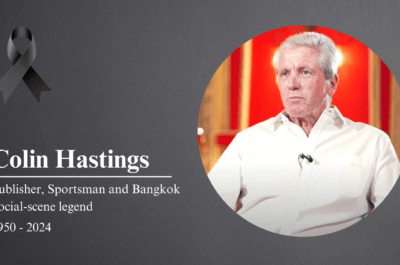
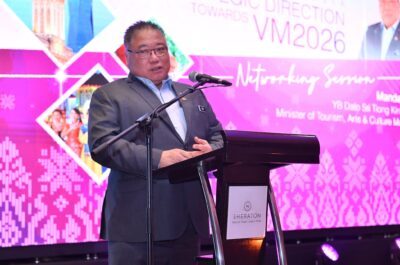

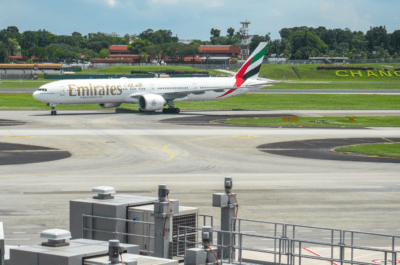

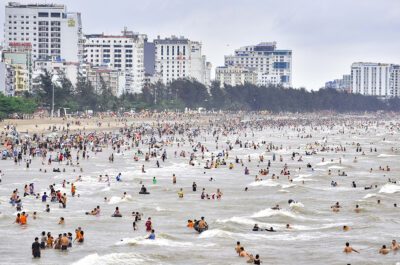
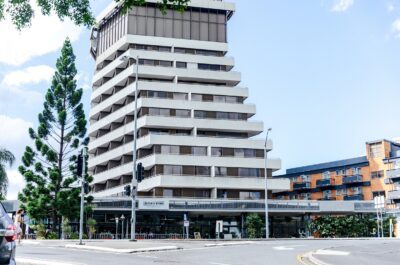
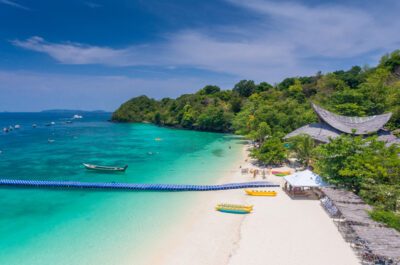
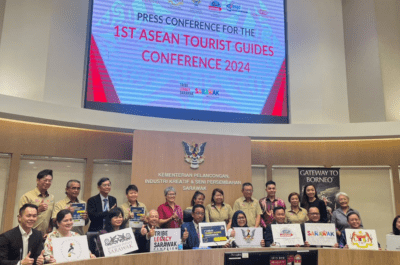







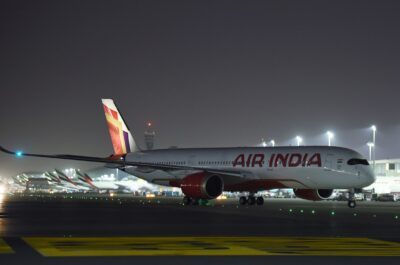




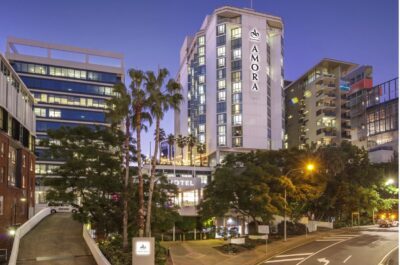



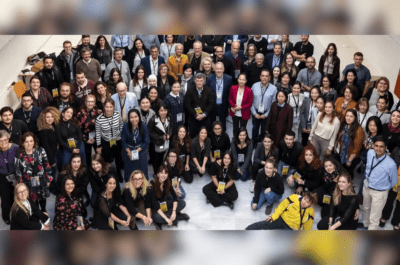






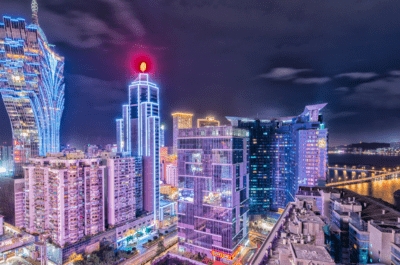
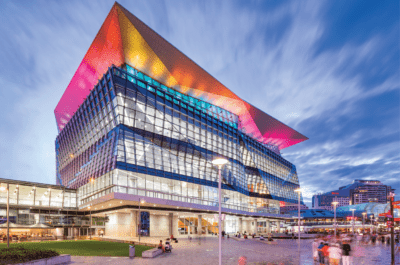




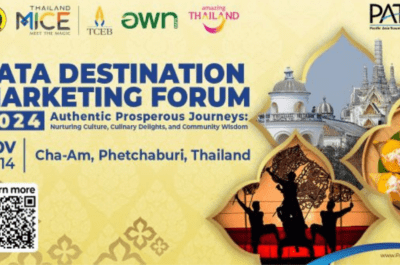
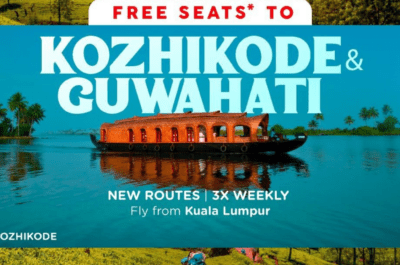
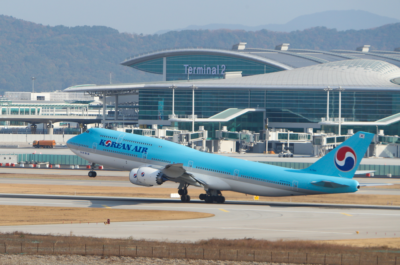
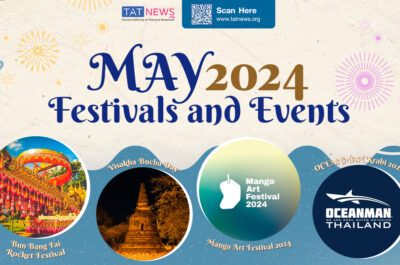
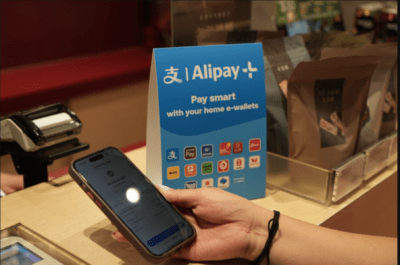
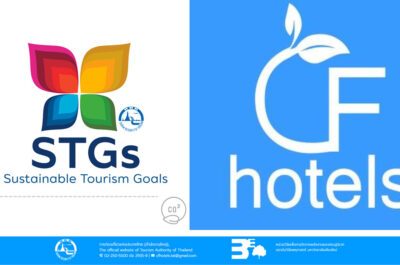
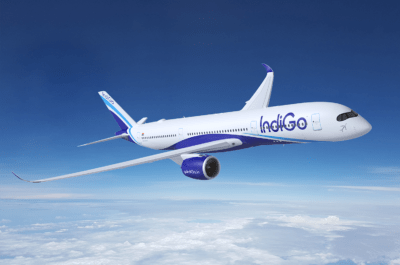
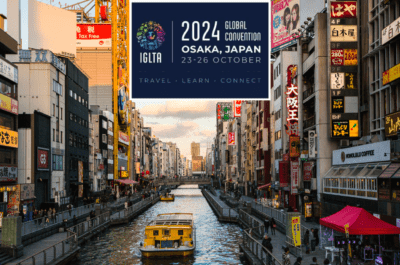
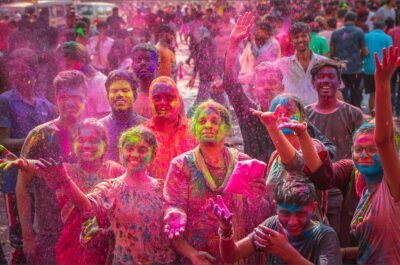

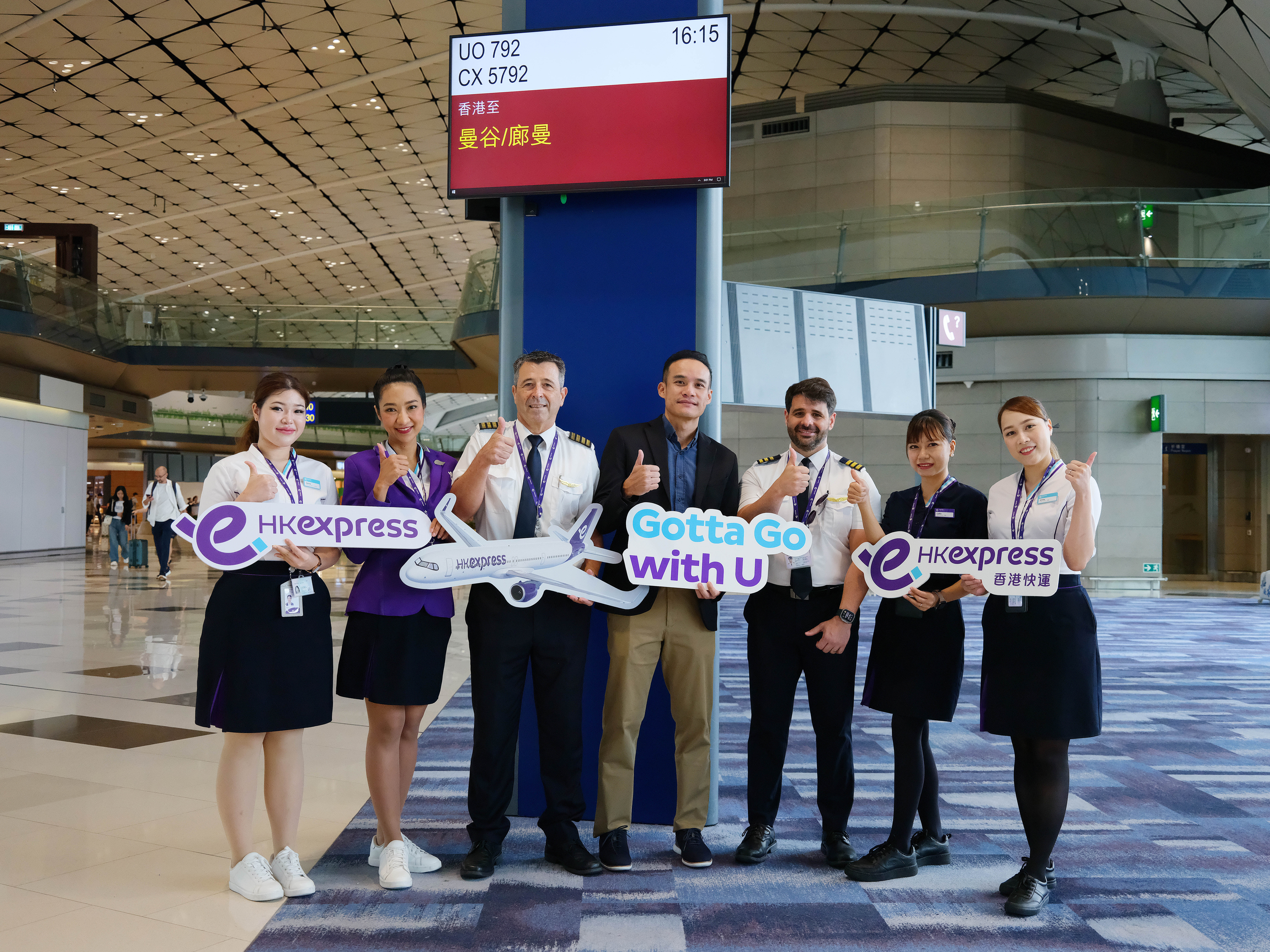
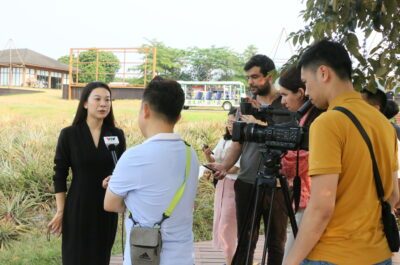

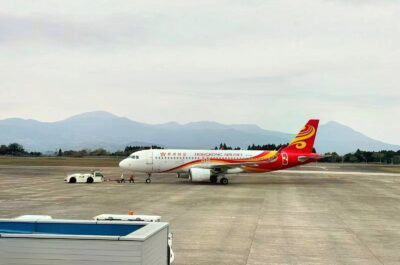




![[PR] PR_Ascott and Vimut Hospital_2024](https://www.traveldailynews.asia/wp-content/uploads/2024/04/PR-PR_Ascott-and-Vimut-Hospital_2024-400x265.jpg)







